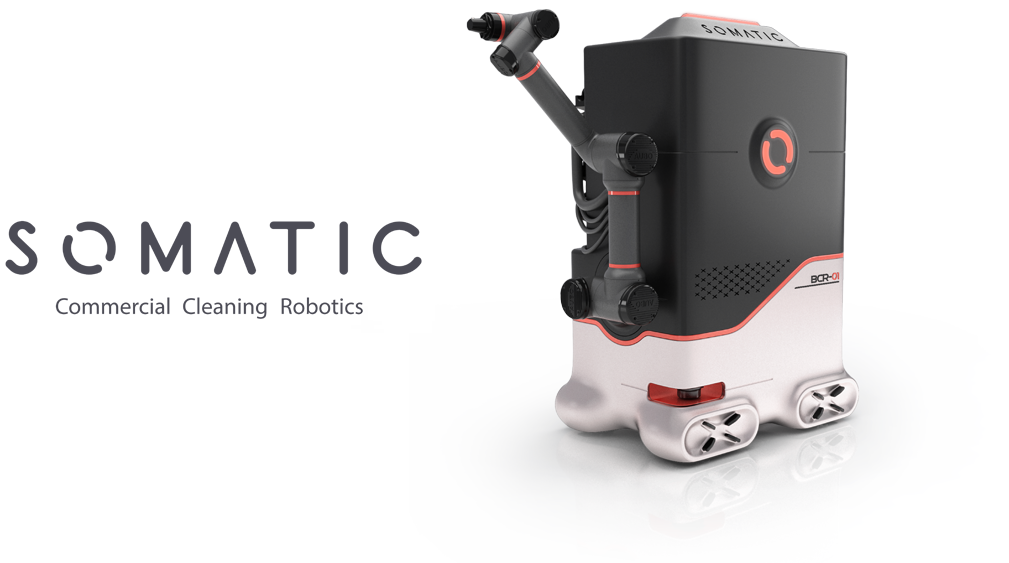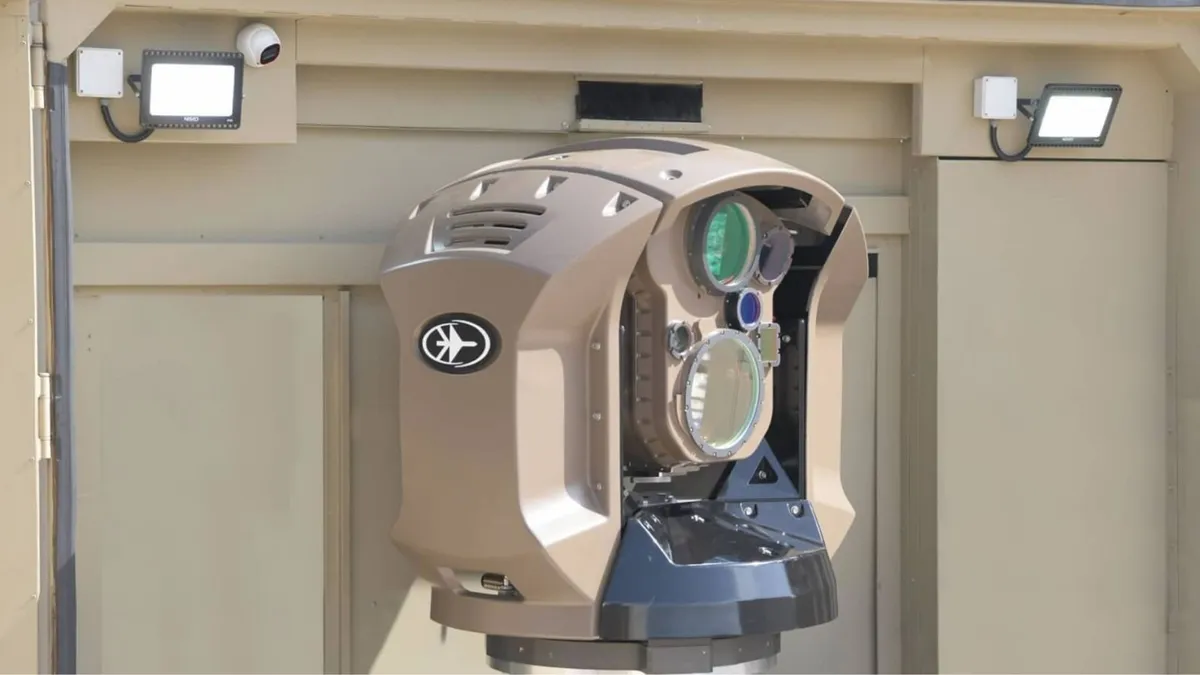1. A Rapidly Shifting Landscape: Machine Control Takes Center Stage
Recent market data from the International Federation of Robotics indicates that global spending on construction and manufacturing automation is set to exceed USD 75 billion by 2025—a figure driven largely by advances in machine control solutions. Once considered experimental or “nice to have,” these technologies have matured into critical operational tools that enable companies to streamline processes, maintain precision, and ultimately boost their bottom lines.
2. Beyond the Buzzword: What Exactly Is Machine Control?
Modern machine control solutions integrate GPS, LiDAR, AI, and sensor data into heavy equipment or assembly lines to guide operators with surgical accuracy. Whether it’s a bulldozer grading a road or a robotic arm assembling vehicle components, real-time digital feedback helps minimize manual errors and cuts project timelines. As a result, projects once prone to significant cost overruns can stay on budget and often finish ahead of schedule.
3. The High-Stakes ROI: Where the Savings Emerge
3.1. Time Efficiency and Productivity Gains
A study by the Construction Industry Institute found that inefficient equipment usage can add up to 12% extra cost on major projects. With machine control, operators get instant feedback on angles, depths, and pathways—trimming rework and idle time. This rapid workflow often translates to finishing tasks days or even weeks sooner, a pivotal advantage in competitive bidding environments.
3.2. Lower Labor and Operational Costs
By automating repetitive or high-precision tasks, companies can allocate skilled workers elsewhere, effectively reducing labor hours tied to rework or oversight. Even more compelling, real-time equipment guidance minimizes mistakes, which the National Academy of Construction notes can cut overall project costs by 5–10%.
3.3. Fuel and Materials Savings
Fuel is a major line item in construction and manufacturing budgets. Machine control optimizes equipment movements, reducing idling and route errors. Preliminary data from an American Road & Transportation Builders Association (ARTBA) pilot program showed that contractors employing machine-guided graders cut fuel usage by up to 15% compared to traditional methods.
Similarly, precise control lowers material waste, such as excess concrete or asphalt that might otherwise be scrapped. This not only benefits the bottom line but also aligns with growing sustainability goals across industries.
4. Safety and Strategic Advantages
4.1. A Boost to Safety Profiles
Fewer manual interventions and more accurate operations naturally reduce the likelihood of accidents. Data from the Occupational Safety and Health Administration (OSHA) reveal that sites employing machine control had 25% fewer equipment-related incidents, largely thanks to improved oversight and guided workflows.
4.2. Tech-Forward Image in a Competitive Market
Companies leading the pack in digital transformation often attract prime contracts, partnerships, and talent. Having reliable machine control solutions in place shows clients and stakeholders that your operations are future-ready, giving you a unique selling point in proposals or bids.
5. Real-World Impact: Success Stories and Data Points
5.1. Highway Construction Project Cuts 20% Off Budget
In a Midwest highway expansion, the contractor installed 3D machine control systems on its fleet of pavers. By reducing rework and precisely mapping terrain, the project team finished weeks early—saving USD 4 million in labor and materials. The local Department of Transportation hailed the initiative as a new benchmark for efficiency.
5.2. Manufacturing Plant Sees Double-Digit Productivity Hike
A North American electronics assembly firm integrated machine control with robotic arms and real-time scanning. Within six months, they reported a 12% rise in overall throughput, along with a halving of defective units. Management attributed these gains to the systems’ automated calibration adjustments, which minimized human errors in fast-paced production lines.
6. Obstacles to Adoption: Bridging the Gap
6.1. Upfront Costs and ROI Skepticism
Although the capital outlay can be significant, ranging from tens of thousands to millions of dollars, leading analysts like McKinsey emphasize the long-term payback. Clear data on reduced rework, labor costs, and fuel consumption often show break-even points within 12–18 months for large-scale deployments.
6.2. Workforce Training and Culture Shifts
New technologies can face resistance from operators worried about job security or complexity. Clear training programs and transparent communication about the system’s role in enhancing, not replacing, human skillsets help ease the transition. Demonstrating quick results—like fewer project delays or tangible cost savings—can also improve internal buy-in.
6.3. Technical Expertise and Integration Hurdles
Implementing machine control on a large scale requires robust IT support and consistent hardware-software synchronization. Partnering with experienced vendors or consultants can streamline system integration, ensuring real-time data flows seamlessly between field equipment and central management dashboards.
7. Looking Ahead: Machine Control as the New Standard
As 5G networks expand and AI-driven analytics improve, machine control solutions are poised to become more powerful and cost-effective. Industry insiders predict increased adoption in smaller construction projects and mid-sized manufacturing plants—areas where perceived barriers to entry had previously been a deterrent.
In essence, machine control is evolving from a novel gadget to a foundational investment that strengthens profit margins, safety records, and environmental credentials. For organizations grappling with tight timelines, fierce competition, and the rising costs of labor and materials, there may be no more pivotal “must-have” technology.
8. Final Word: A Strategic Move Toward Modernization
Machine control solutions deliver tangible ROI precisely because they address these pain points head-on. By reducing rework, optimizing fuel usage, and ensuring workplace safety, these systems effectively pay for themselves—often quicker than many executives anticipate.







